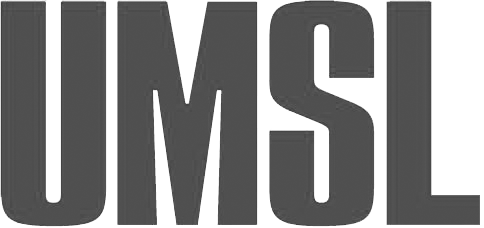By Kevin McKinney
Kevin McKinney is the Executive Director of the St. Louis Association of Community Organizations (SLACO). He has eighteen years of experience in housing and urban development. Prior to joining SLACO, Kevin spent nine years as Mayor and a member of the Board of Aldermen in Jonesborough, Tennessee and three years serving in leadership roles for the Shaw Neighborhood Improvement Association in St. Louis. Since 2003, Kevin has been the owner of Housing 202 Ltd., serving as a consultant for faith-based and non-profit organizations in Missouri and nationwide. He has been involved with the development of eight senior housing facilities and two housing developments for persons with disabilities. Kevin has been named one of the St. Louis Business Journal’s “40 Under 40,” won the Centurion Award for Outstanding Contribution in Human Rights, and completed the FOCUS St. Louis Impact St. Louis Leadership Program. He and his wife Kimberly are residents of the Shaw neighborhood. Kevin is a board member of the South City YMCA and the Friends of Tower Grove Park and serves as the 1st Vice President of the Garden District Commission.
Could the contention and turmoil that surfaced as a result of Ferguson locally and in cities like Cincinnati and Dallas nationally result in opportunities to bridge the racial divide? In order to move forward and build a stronger community, I believe it is imperative that we learn to appreciate each other regardless of zip code.
Many have addressed the problems we have hearing and understanding each other across the St. Louis region’s many boundaries. St. Louis is highly segregated along race lines and fragmented in its sense of community identity. These barriers limit our access to common frameworks that might otherwise help us relate to each other and talk across community borders.
I believe a new program from the St. Louis Association of Community Organizations (SLACO), Neighborhoods United for Change, can help bridge these divides. SLACO has partnered with CREA (the Civil Rights Enforcement Agency of the City of St. Louis) and the City’s Neighborhood Stabilization Team to build a robust platform for discussing racial and social equity. Doug Bram, winner of the “250 Ways to Improve Your Neighborhood” contest (as voted by participants in the 2014 SLACO Regional Neighborhood Conference) originated this idea before it was advanced by then-Executive Director of SLACO, Nancy Thompson. SLACO has a history of inclusiveness—we specialize in providing opportunities for neighborhoods to learn from and network with each other to create a desirable urban environment. SLACO’s 30 member neighborhoods represent over 33 percent of the City’s population.
Neighborhoods United for Change will allow people to interact across invisible community lines. Participants from one SLACO community will tour another St. Louis neighborhood to gain insight about its strengths, successes, and challenges. Residents from one part of the city will have a chance to see how fellow St. Louisans from other neighborhoods live. The program provides a platform for members of our community to meet one another, visit the places they call home, learn about their everyday experiences firsthand, and grow to understand each other more completely. It creates an opportunity for people to connect based on similarities, while reinforcing mutual respect for differences.
The program’s kickoff events, which start this month, will pair two neighborhoods for tours, lunch, and conversation. SLACO member neighborhoods Princeton Heights, Forest Park Southeast, West End, Tower Grove East, Holly Hills, Lewis Place/Visitation Park, Fairground, West Pine/Laclede, Tower Grove Heights, and Shaw will be participating, along with non-SLACO member neighborhoods Bevo Mill, Jeff-Vander-Lou, College Hill, and Baden. Pairs of neighborhoods will plan and execute the events together with support from SLACO, CREA, and the Neighborhood Stabilization Team.
After the kickoff, SLACO, facilitators, and partners will support activities that broaden and build on the relationships developed by the paired neighborhoods. We aim to enrich recurring activities with a new element: the chance to see one’s own area through someone else’s eyes.
We need more programs that encourage this type of meaningful connection and tap into shared growth potential. At the end of the day, no matter where we live, we’re not that different from each other. We all want similar things for our community: the option to live in a welcoming, safe neighborhood; access to good jobs; high-quality schools for our children; and the chance to pursue opportunities and increase the standard of living for our families. Neighborhoods United for Change will encourage participants to form friendships along common lines like these. We can all help build a better St. Louis by cultivating more cross-community conversation.
Articles in “From the Field” represent the opinions of the author only and do not represent the views of the Community Builders Network of Metro St. Louis or the University of Missouri-St. Louis.







